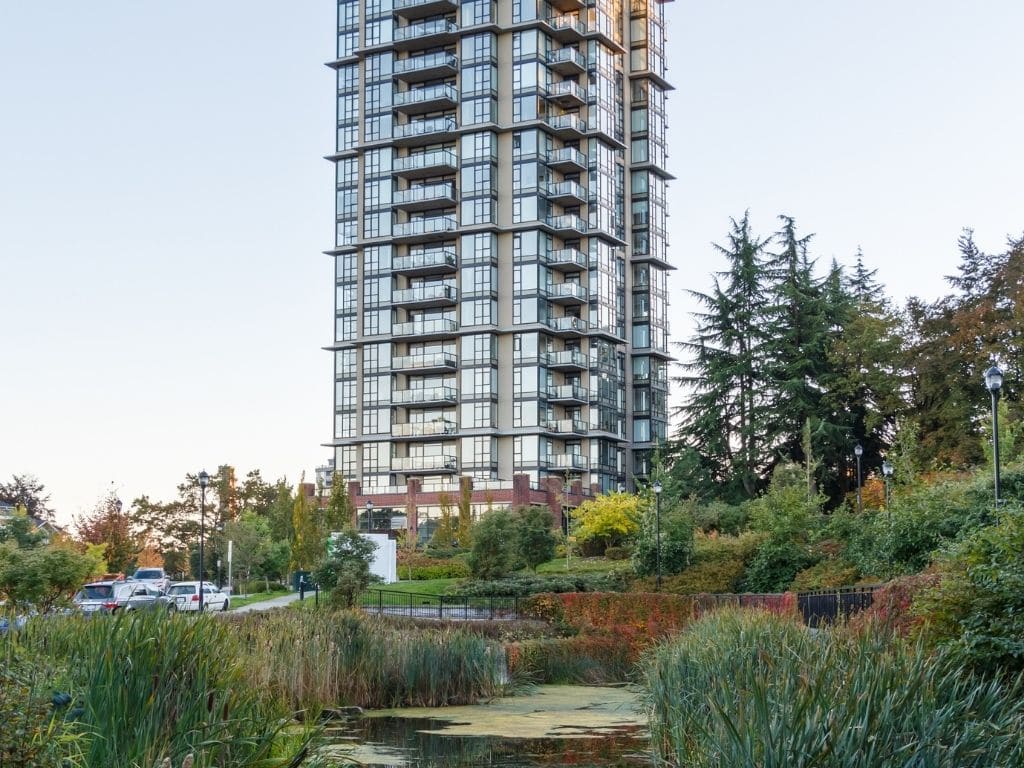What Does 1031 Exchange Refer To?
Savvy real estate investors have long used periodic 1031 exchanges to maintain leverage, increase income and equity, and eventually divest themselves of “tenants, toilets, and termites” by exchanging into professionally managed properties.
1031 refers to Section 1031 of the U.S. Internal Revenue Code, which allows real estate owners to exchange certain types of property, deferring the recognition of capital gains or losses due upon sale, and hence deferring any capital gains taxes that might be due. Owners of residential real estate often use this strategy to upgrade from owner-managed properties to professionally managed properties, reducing their personal involvement while maintaining rental income streams and the tax benefits of real estate ownership.
Long-term, this can be a good strategy. In the short term, however, real estate is subject to market cycles similar to stocks and bonds. In 2006, the real estate bubble burst, leading to a decline in property values, transactions, and 1031 exchanges that reached the bottom in 2009. Since then, some recovery has occurred, and our clients have begun asking us, “When will the market be ready for our next 1031 exchange?”
Good News for Property Owners
Income property values are driven in large part by supply and demand — the number of rental units available vs. the number of qualified tenants competing for them. In the residential market, the renter population is growing at 4% per year (US Census Bureau), while construction of new apartments is adding only 0.5% per year to existing inventory, with no substantial speed-up projected for the next five years (REIS). This is good news for owners of residential rental properties.
The strong increase in the renter population is being driven by three factors. The first is immigration. About a million legal immigrants come to this country each year, and 85% of the rent, as opposed to only 32% of existing US residents (National Multi-Family Housing Council).
Baby Boomers & Millennial’s
Then there are Baby Boomers downsizing in retirement. While most are homeowners and will remain so, an increasing percentage are opting, either by necessity or choice, for the flexibility, mobility, and maintenance-free living of being renters (National Multi-Family Housing Council).
The greatest increase in demand for rentals is coming from Millennials, the grandchildren of the Baby Boomers, born in the 1980s and 1990s. This group is 75 million strong, and of the age when most singles and young families have traditionally rented while saving to buy their first home. Now, due to the economy and changing lifestyles, many of them are postponing or even rejecting homeownership in favor of the lower debt and greater flexibility afforded by renting (National Multi-Family Housing Council).
Trends Favor Landlords
To keep pace with renter population growth, 10 million additional apartment units will be needed in the next 10 years. That will require $1 trillion in invested capital, but it’s not currently available from the traditional sources (Freddie Mac). Lenders tightened credit requirements tremendously in response to the mortgage crisis of 2006-2007, which in turn collapsed new construction to its lowest level since World War II. The situation is now easing a bit but will continue to limit the construction of new apartments for at least several more years (Witten Advisors).
Due to these factors, it’s becoming more and more of a landlord’s market. National apartment vacancy rates peaked at 8% in 2009, but in 2014 are down to 4.1% (Reis). First-quarter 2014 vacancy rates in Los Angeles were only 3%, a historic low (Becon Economics). Meanwhile, in the first quarter of 2014, rents on new leases increased by 2.7% in Los Angeles over the same quarter in 2013 (Beacon Economics). This has contributed to a recovery in multifamily property values (Grubb & Ellis).
1031 Exchange Advice
Reflecting this recovery on the 1031 exchange front, Exeter 1031 Exchange Services reports, “Our 1031 Exchange transaction volume for 2013 was back to pre-recession levels, and our year-to-date transaction volume for 2014 continues to exceed that of 2013.” So, the game is definitely back on.
Of course, when doing a 1031 exchange, it’s important to get a good price on the replacement property. Cap rate, the annual expected return on a property divided by the current value, is a common means of comparing the desirability of different properties. Due to recent appreciation, cap rates in Los Angeles are lower than the country as a whole. This makes other metro areas where cap rates are more attractive (Jones Lang LaSalle) well worth consideration. There is also a great window of opportunity right now to acquire properties at a discount from owners in distress and bank foreclosures, and to convert B and C properties to A’s as the demand for upscale rentals drives gentrification (the process of wealthier residents moving to an area, and the changes that occur due to the influx of wealth) in certain areas (RK Properties).
1031 exchanges are not without their issues, however. When the time comes for you to upgrade your real estate investments, it is important to work with 1031 specialists with the experience and relationships to help you find the right 1031 solution and replacement property for your individual circumstances. For a personal, private consultation, give us a call at 626-551-4326.




